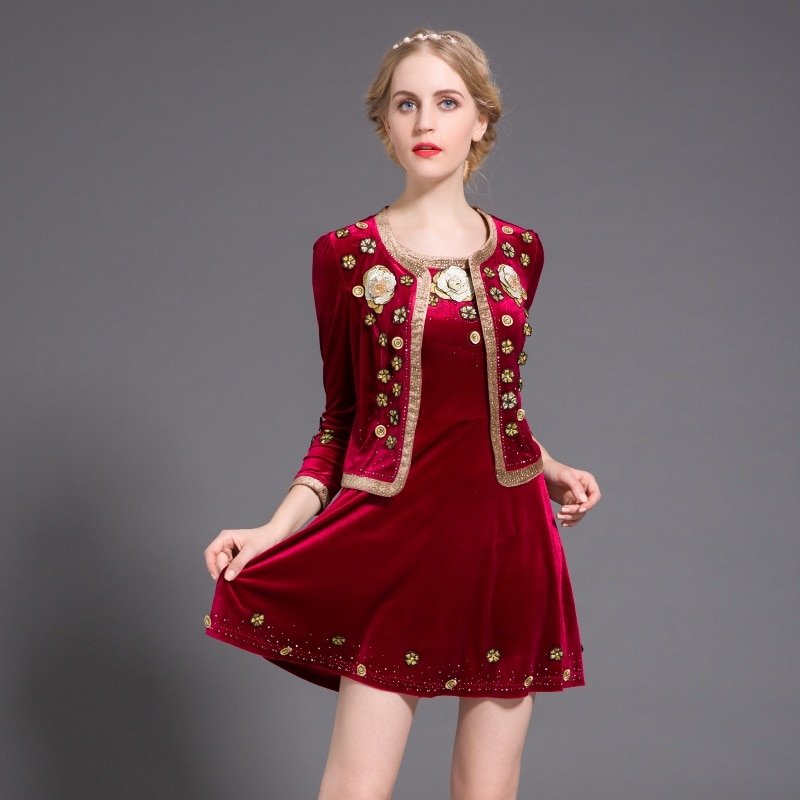
Fashion is more than just fabric and design; it’s a form of self-expression that allows individuals to convey their personality, beliefs, and identity to the world. Whether you opt for a classic tailored suit, a vibrant bohemian maxi dress, or a pair of ripped jeans, your choice of clothing speaks volumes about who you are and how you want to be perceived.
In today’s world, the boundaries of fashion are limitless, and the possibilities are endless. The fashion industry continually evolves, influenced by cultural shifts, technological advancements, and the ever-changing tastes of consumers. It’s an industry that thrives on creativity and reinvention, providing a canvas for self-expression like no other.
The Power of Personal Style
One of the most exciting aspects of fashion is that it’s entirely personal. What you choose to wear can reflect your mood, aspirations, and even your values. When you put on a carefully curated outfit, it’s not just clothing; it’s an extension of yourself. That’s why fashion enthusiasts often say, “Dress for the life you want.”
Personal style is about finding what resonates with you, whether it’s a vintage-inspired wardrobe, a minimalist capsule collection, or an eclectic mix of high fashion and streetwear. It’s about experimenting with colors, textures, and silhouettes until you discover what makes you feel confident and authentic.
Fashion as a Cultural Mirror
Fashion doesn’t exist in a vacuum; it’s deeply intertwined with culture and society. Throughout history, clothing has been a means of expressing cultural identity, social status, and even political beliefs.
Consider the way traditional clothing, like the Japanese kimono or the Indian saree, encapsulates centuries of cultural heritage. These garments are not merely fabric; they are symbols of tradition and identity. Similarly, fashion trends from various decades reflect the values and attitudes of their respective eras.
In the 1960s, for example, the rise of the counterculture movement was mirrored in the bold and unconventional styles of the time. Tie-dye, bell-bottoms, and flower crowns were more than just fashion choices; they were statements of rebellion and a desire for change.
Fashion’s Impact on Confidence
The right outfit has the power to boost your confidence and change how you perceive yourself. When you put on a well-fitting suit or a perfectly tailored dress, you stand a little taller, walk with more purpose, and exude self-assuredness.
Fashion can also be a tool for self-discovery. Trying out different styles and experimenting with your look can help you better understand your preferences, strengths, and weaknesses. It’s a form of personal exploration that goes beyond the surface.
Fashion’s Role in Sustainability
In recent years, there has been a growing awareness of the environmental impact of the fashion industry. This awareness has led to a shift towards sustainable fashion. Consumers are increasingly seeking out eco-friendly materials, ethical manufacturing practices, and second-hand shopping options.
Sustainable fashion not only reflects a concern for the environment but also a desire to align one’s personal values with their clothing choices. It’s a form of self-expression that says, “I care about the planet, and I want my fashion choices to reflect that.”
In conclusion, fashion is a powerful tool for self-expression, cultural reflection, and personal growth. It’s an art form that evolves with society and technology while allowing individuals to define themselves and make a statement to the world. So, the next time you select an outfit, remember that you’re not just choosing clothes; you’re expressing who you are and who you aspire to be.